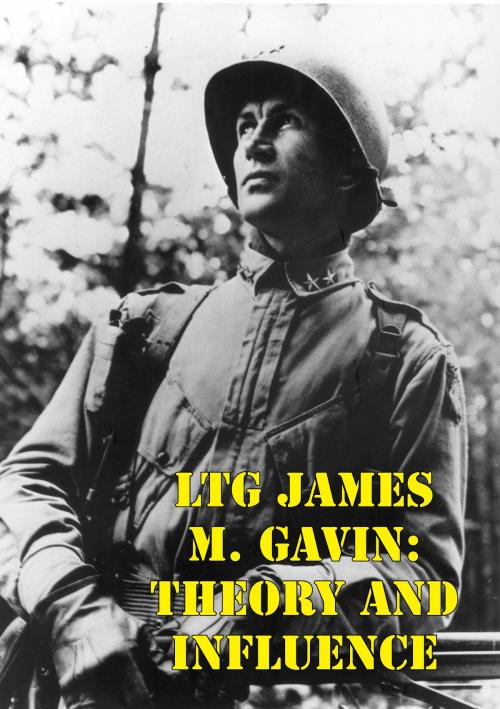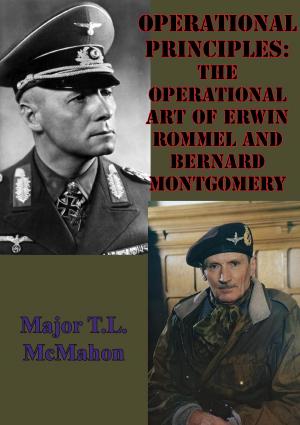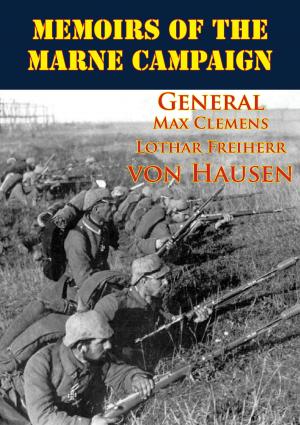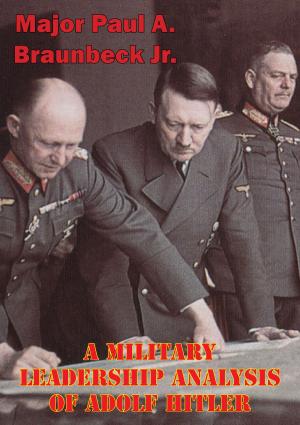LTG James M. Gavin: Theory And Influence
Nonfiction, History, Germany, European General, Military, United States| Author: | Major Edward P. Gavin | ISBN: | 9781782895855 |
| Publisher: | Lucknow Books | Publication: | August 15, 2014 |
| Imprint: | Lucknow Books | Language: | English |
| Author: | Major Edward P. Gavin |
| ISBN: | 9781782895855 |
| Publisher: | Lucknow Books |
| Publication: | August 15, 2014 |
| Imprint: | Lucknow Books |
| Language: | English |
This monograph approached Lieutenant General James M. Gavin as a military theorist and explored his influence as the Army transitioned from World War II to the Cold War. Gavin’s theory of future warfare required an army with capability in atomic and non-atomic warfare and he recognized the need for readiness for both limited peripheral wars and general war. His theory shaped his vision of the functions, organizations, and technology required to succeed in future conflicts. Gavin organized much of his writing around the concepts of mobility, firepower, and control that he felt were critical for future warfare. His influence shaped development of tactical nuclear weapons, missiles, air mobility, and organizational transformation following World War II and into the Cold War.
Gavin’s theory of future warfare, his understanding of the Soviet threat, and his concepts of firepower, mobility, and control informed his model of how the Army should organize for future warfare. He envisioned flexible division organizations, capable of fighting dispersed over significant depth, enabled by superior air and ground mobility to deliver firepower adequate prevail on future battlefields...
The organization that epitomized Gavin’s concepts was the air mobile division that developed from his sky cavalry concept. Gavin’s advocacy for the air mobility concept and his specific actions to advance personnel and positions to build and refine sky cavalry and air mobility capabilities were key factors in the eventual development and acceptance of the airmobile division. While airmobile divisions and sky cavalry would likely have emerged without Gavin, his influence clearly advanced the ideas and shaped the form of the organizations.
This monograph approached Lieutenant General James M. Gavin as a military theorist and explored his influence as the Army transitioned from World War II to the Cold War. Gavin’s theory of future warfare required an army with capability in atomic and non-atomic warfare and he recognized the need for readiness for both limited peripheral wars and general war. His theory shaped his vision of the functions, organizations, and technology required to succeed in future conflicts. Gavin organized much of his writing around the concepts of mobility, firepower, and control that he felt were critical for future warfare. His influence shaped development of tactical nuclear weapons, missiles, air mobility, and organizational transformation following World War II and into the Cold War.
Gavin’s theory of future warfare, his understanding of the Soviet threat, and his concepts of firepower, mobility, and control informed his model of how the Army should organize for future warfare. He envisioned flexible division organizations, capable of fighting dispersed over significant depth, enabled by superior air and ground mobility to deliver firepower adequate prevail on future battlefields...
The organization that epitomized Gavin’s concepts was the air mobile division that developed from his sky cavalry concept. Gavin’s advocacy for the air mobility concept and his specific actions to advance personnel and positions to build and refine sky cavalry and air mobility capabilities were key factors in the eventual development and acceptance of the airmobile division. While airmobile divisions and sky cavalry would likely have emerged without Gavin, his influence clearly advanced the ideas and shaped the form of the organizations.










![Cover of the book A Volunteer Poilu [Illustrated Edition] by Major Edward P. Gavin](https://www.kuoky.com/images/2014/august/300x300/9781782893110-8OEc_300x.jpg)




